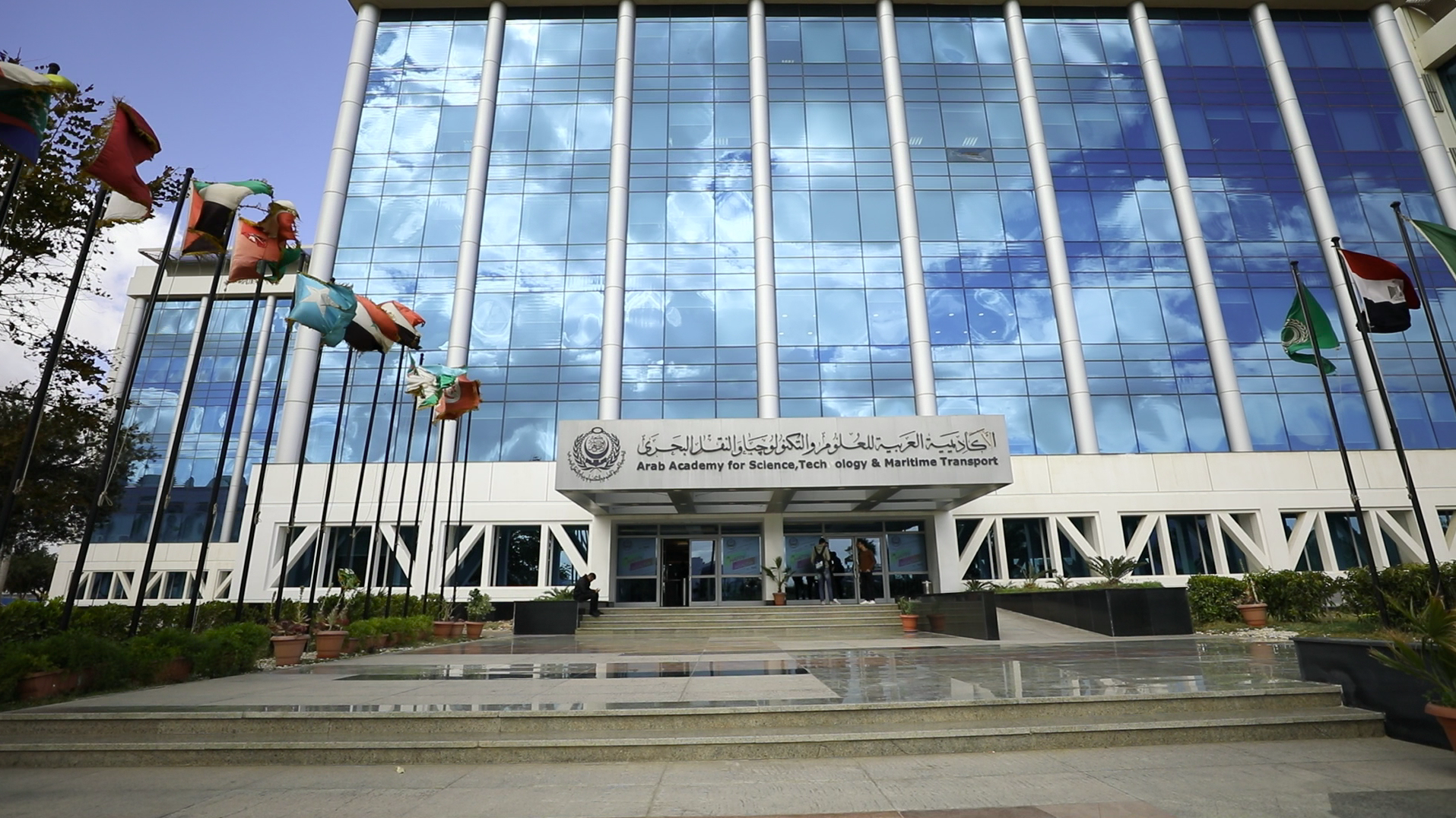
The College of Art and Design values innovation, creativity, and continuous development—principles fully embedded within the Graphic Communication Design Programme. As one of the forward-looking programmes at AASTMT, it combines artistic vision with technical expertise, preparing students to thrive in today’s fast-changing design industries.
In the dynamic global business of graphic communication, today’s graduates require both a broad-based skill set and an in-depth understanding of digital media, design, graphics management, print production, packaging, and web/interactive media. The programme integrates theory, critical thinking, and practical applications, allowing students the flexibility to shape their learning according to their strengths and interests.
Through class assignments, advanced technology training, industry internships, and hands-on experiences, students learn directly from experienced faculty and industry experts, gaining the professional skills necessary to excel in the competitive design sector.
The programme accurately reflects market needs and growth opportunities in the field of graphic communication. With industries transforming at the pace of technological innovation, companies and organizations now demand dynamic, versatile, and creative leaders. The Department of Graphic Communication Design is designed to prepare students for these opportunities, covering a wide spectrum of career paths—from artistic and creative roles to business and management-focused positions.
The Industrial Advisory Committee has consistently encouraged AASTMT to enter new educational fields that support national industries. The Graphic Communication Design Programme, along with the other four programmes within the College of Art and Design, is designed to fulfill this mission, with its strong multi-disciplinary nature and industry-oriented approach.
The Graphic Communication Design Programme aims to provide students with a comprehensive understanding of graphic communication by integrating historical, theoretical, and practical perspectives. The programme fosters an environment where students can explore a wide range of media, techniques, and conceptual approaches, encouraging both critical thinking and creative exploration.
A strong emphasis is placed on equipping students with industry-relevant skills through exposure to professional practices, technological advancements, and current design challenges. The programme also prioritizes ethical, sustainable, and socially responsible design, ensuring that graduates are prepared to make a meaningful impact in the field.
Through industry collaborations, internships, and practical work experiences, students gain professional competencies that enhance their employability and support long-term career development.
Graduates of the Graphic Communication Design Programme will achieve:
Knowledge Acquisition: Interpret fundamental principles of graphic design, including color theory, typography, and composition.
Historical Context: Analyze the evolution of graphic communication from historical, cultural, and technological perspectives.
Theoretical Frameworks: Evaluate design theories and methodologies applicable to graphic communication.
Critical Thinking: Assess contemporary design challenges and problem-solve through informed decision-making.
Technical Proficiency: Demonstrate mastery of industry-standard software and tools.
Media Exploration: Experiment with diverse media, techniques, and design methods.
Project Development: Produce advanced design projects that integrate creative concepts with professional execution.
Collaboration Skills: Work effectively in team-based projects that simulate real-world graphic communication scenarios.